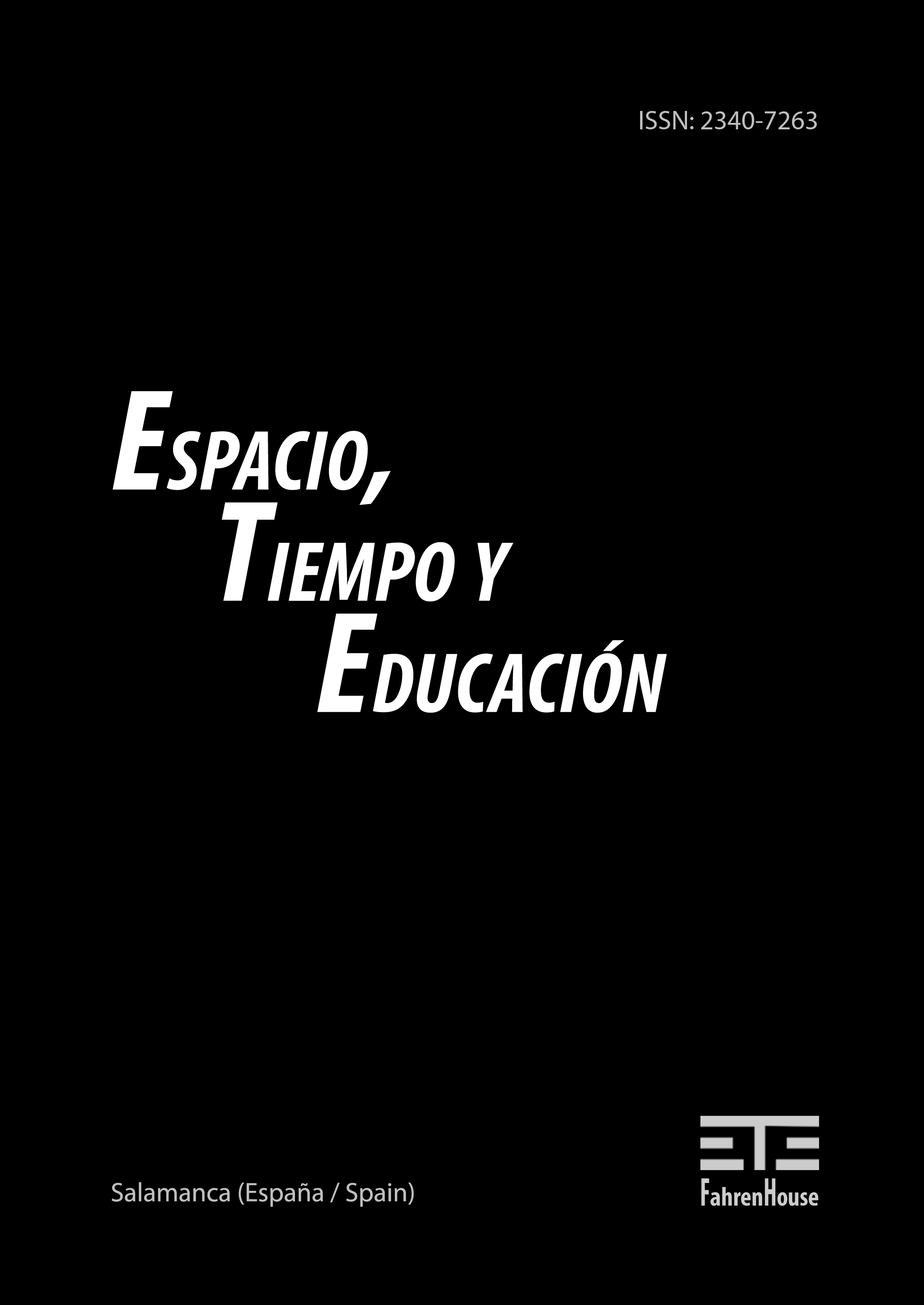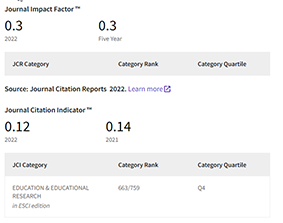Mobility of Scholars, Expansion of Linguistic / Cognitive Space, and Translation. Asian Education in Modern Time. Presentation
DOI:
https://doi.org/10.14516/ete.398Keywords:
Academic Mobility, Expansion of Linguistic-Cognitive Space, translation, Asian educationAbstract
Taking modern time into historical considerations, the era from the mid-19thcentury to the end of the 20th century was full of heterogeneous facts and events, including the two World Wars. Of such diverse national histories, movement of people crossing borders was common to a greater extent for Asians. In this special edition, v. 7, n. 2 (2020), the editors choose first the mobility of students as a common trend in history. The second commonality is the problems of language teaching. Japan introduced modern knowledge and skills from Europe and America. It was urgent to acquire languages of European people so that they might understand European thought and institutions as correctly as possible. Another question addressed in this Special Issue is what kind of translation there could be between nations. This kind of question reminds us of a common task for the Asians to establish their national languages. Mutual dialogue between different nations should require either common language or translation. The translation must cover not only vocabulary but concept and way of thinking. Special attention is paid too to the question of the types of tertiary education institutions which were modified into plural forms, and their curriculum and teaching styles were also re-directed towards capabilities adaptable to market needs.







